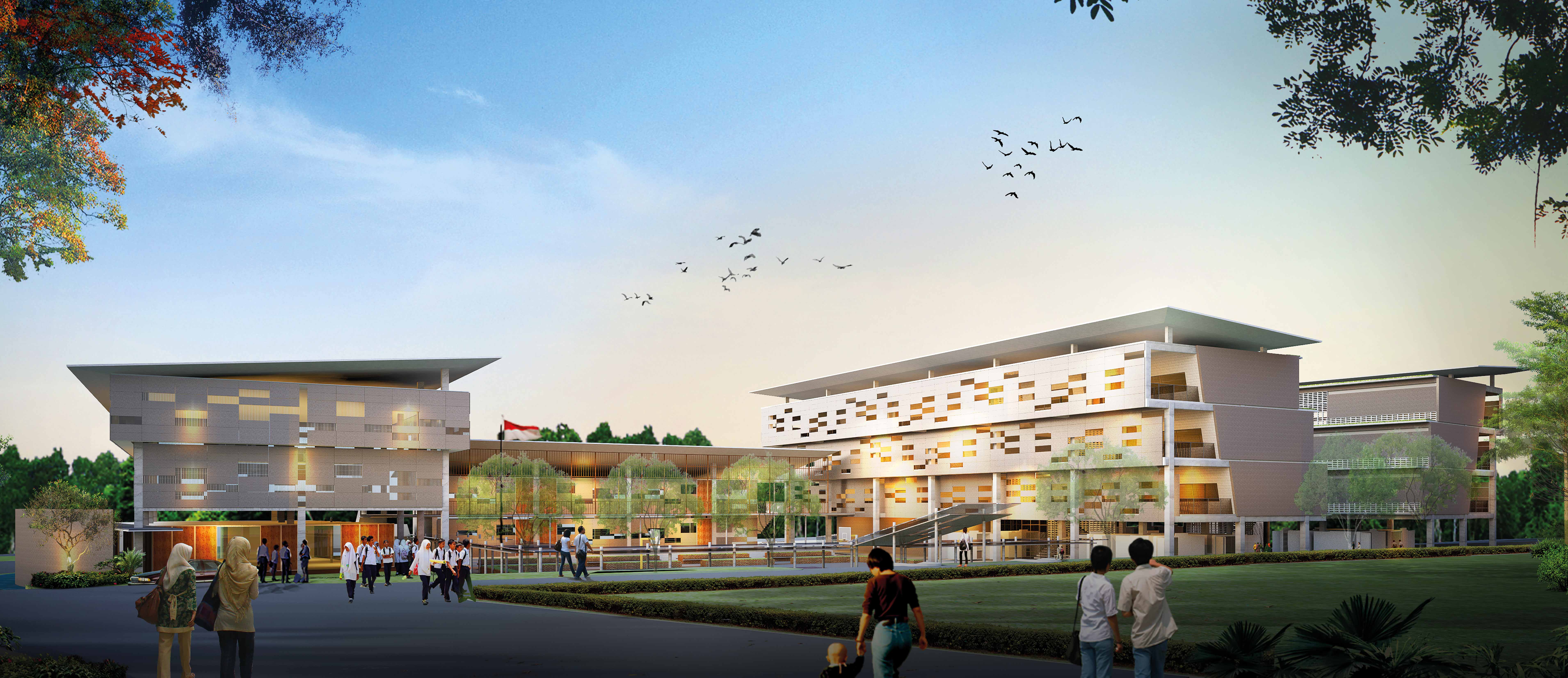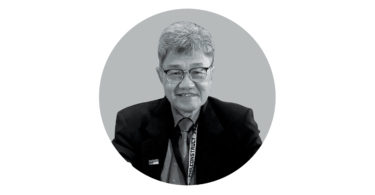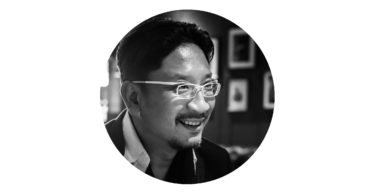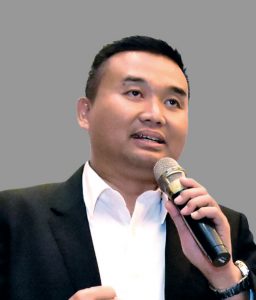 Pandega Desain Weharima (PDW Architects) has been repeatedly recognised as one of BCI Asia Awards’ Top 10 Architects in the country. Driving its success is managing director, Prasetyo Adi, ST, also known as Tiyok.
Pandega Desain Weharima (PDW Architects) has been repeatedly recognised as one of BCI Asia Awards’ Top 10 Architects in the country. Driving its success is managing director, Prasetyo Adi, ST, also known as Tiyok.
Tiyok graduated with a Bachelor of Engineering (Architecture) from Bandung Institute of Technology (Institut Teknologi Bandung, ITB) in 1995, after an internship at Cox Architects in Sydney, Australia. He worked at Lippoland Development in Karawaci as tenancy coordinator for the Lippo Supermal project, during which, he learned a lot about building construction, such as building details and coordination with other fields, such as structure and MEP (mechanical, electrical and plumbing).
In 1997, he continued his studies at The University of New South Wales (UNSW) in Sydney, Australia, and earned a Master of Urban Development and Design (MUDD) in 1998. At that time, Indonesia was hit by a monetary crisis, so Tiyok looked for job opportunities in Australia, gaining practical experience as an architect and urban designer. At that time, the construction activity in Sydney was active and growing rapidly in preparation for the 2000 Olympics. He also worked for a small firm, Swalwell Schwager Architects, on several apartments and commercial projects.
How did you go from working in Sydney to becoming managing director of PT Pandega Design Waherima (PDW Architects)?
In 2001, I decided to return to Indonesia from Australia. Upon my return, I contacted my former professor, Dr Mohammad Danisworo. Since 1998, he had established an architecture studio, called the Planning and Development Workshop. Danisworo offered me the studio responsibilities; at that time, there were five staff, including two architects. I was responsible for three large-scale projects: an auto mall in Kelapa Gading, Jakarta; a factory in Sukoharjo, Solo; and an office building in Mega Kuningan, Jakarta. Through these projects, I learned how to coordinate with clients and other consultants.
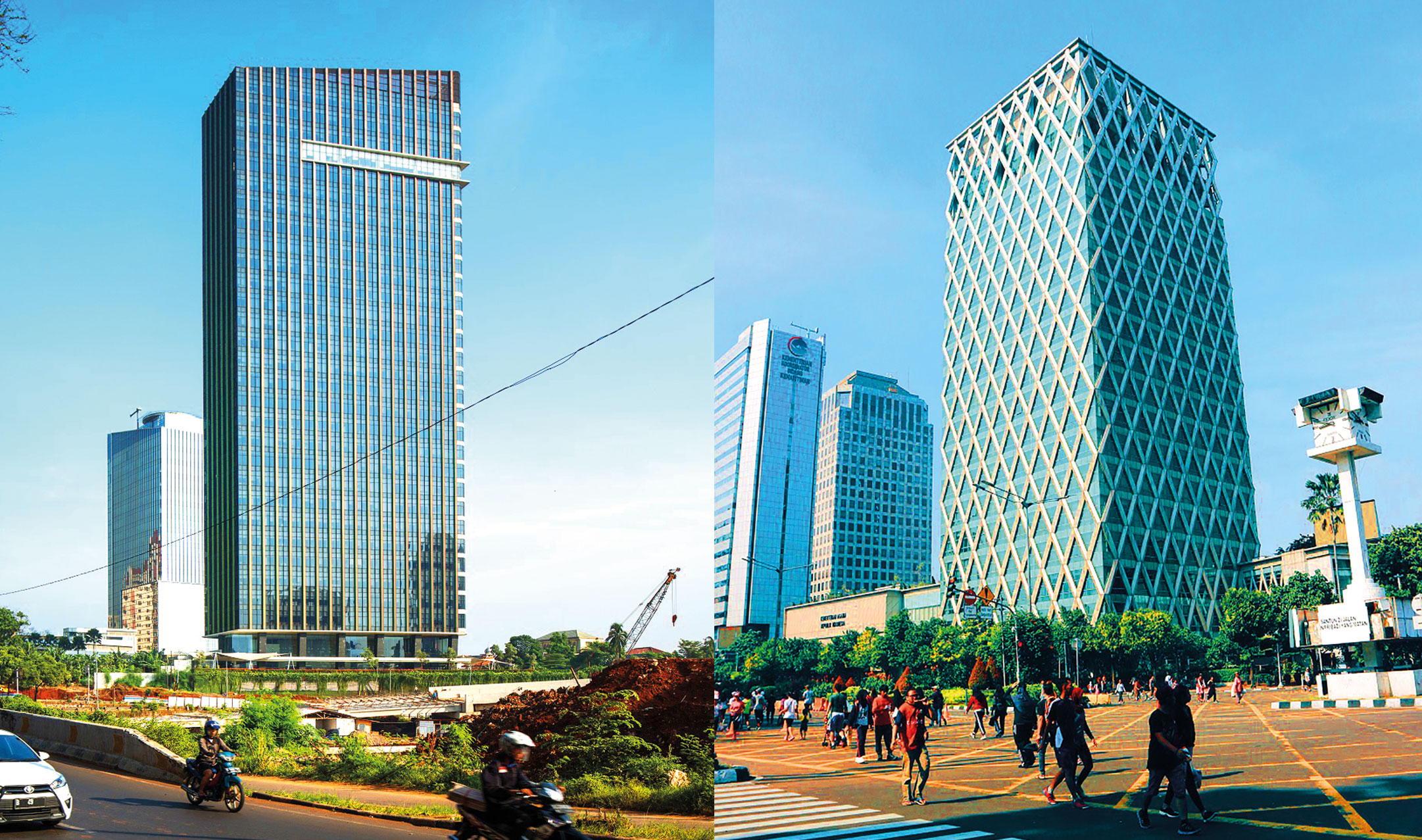
1. Each project is unique and needs research to support it + 2. Ministry of Religious Affairs building
As the projects and scope of work evolved, two divisions were formed: architecture and urban design. In 2003, when PDW staff increased to 20 people, PDW became a company under the name of PT Pandega Desain Weharima (Pandega means experts and Weharima means cooperating). It coincided with the return of M. Archica Danisworo (Chico) from abroad, who became the third partner at the PDW Architects. Since then, I was assigned the responsibility of being the managing director until now.
How would you compare the development of architecture and construction industry in Indonesia today to 15¬-20 years ago?
By the time I returned from Australia, Indonesia had just wriggled out from the monetary crisis in 1998. Development in Indonesia, which was known as one of the fastest growing countries before the crisis, had stalled. One good thing with the slow down at that time is the development of local architectural practices. Skyscrapers were also beginning to emerge, not only in Jakarta but also in other big cities, such as Surabaya and Medan.
In 2016, Indonesia became the country that produces the most number of tall buildings (structures above 200 metres) worldwide. It has also seen massive infrastructure development by the government since 2015. It was one of the most active areas that was not affected by the 2007-2008 crisis.
Currently, many Indonesian architects can compete with architects abroad, especially in their own country. There are still many shortcomings, not in terms of visual beauty, but in terms of technical knowledge, building details and compatibility with the built environment. PDW Architects has a strategy by considering global and national economic conditions, and is always looking ahead to the needs of the property and construction industries by engaging in diverse projects.
Indonesia will never be short of demand for residential projects, with the lagging of the provision of shelter and the growing population. The development of government infrastructure also has a positive impact on this industry with increasing employment opportunities in transportation and construction.

 Malaysia
Malaysia Hong Kong
Hong Kong Singapore
Singapore Tiếng Việt
Tiếng Việt ประเทศไทย
ประเทศไทย

